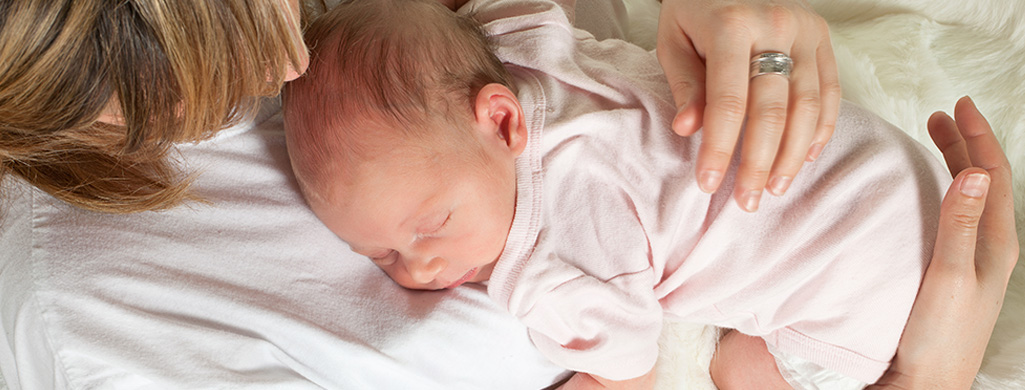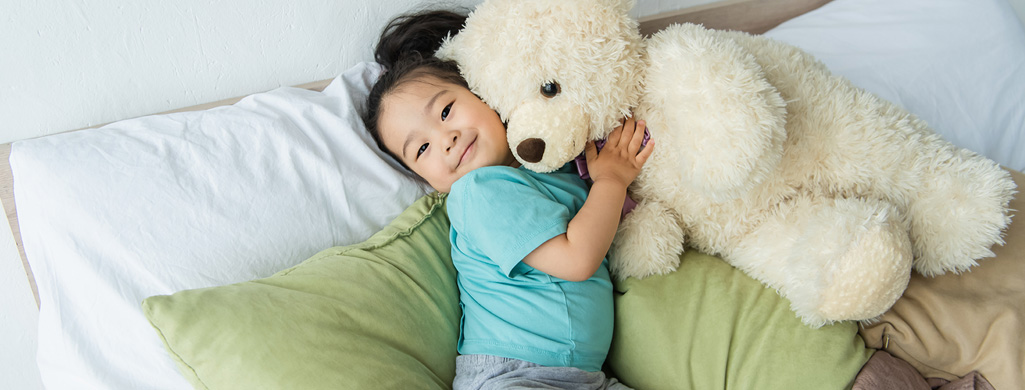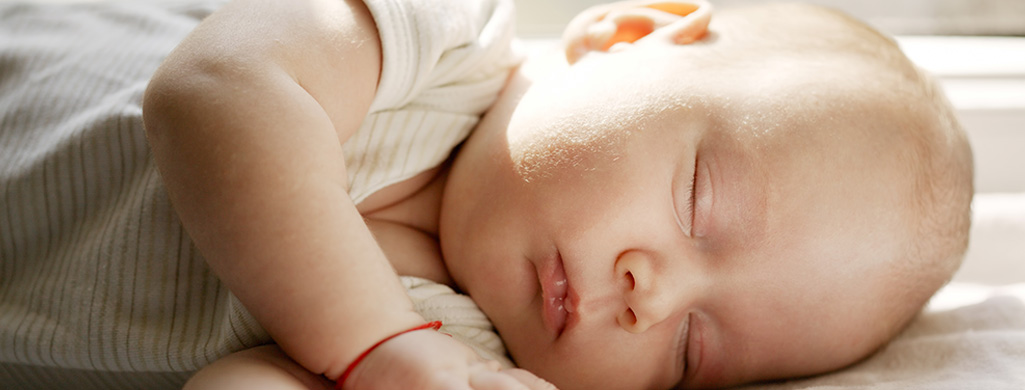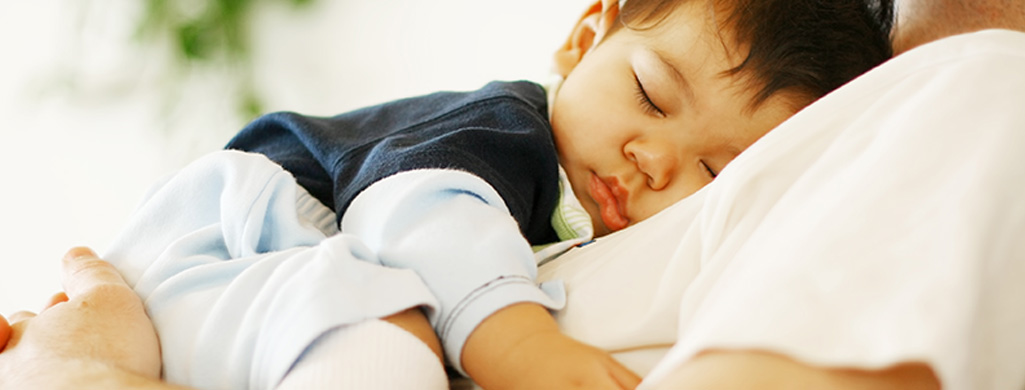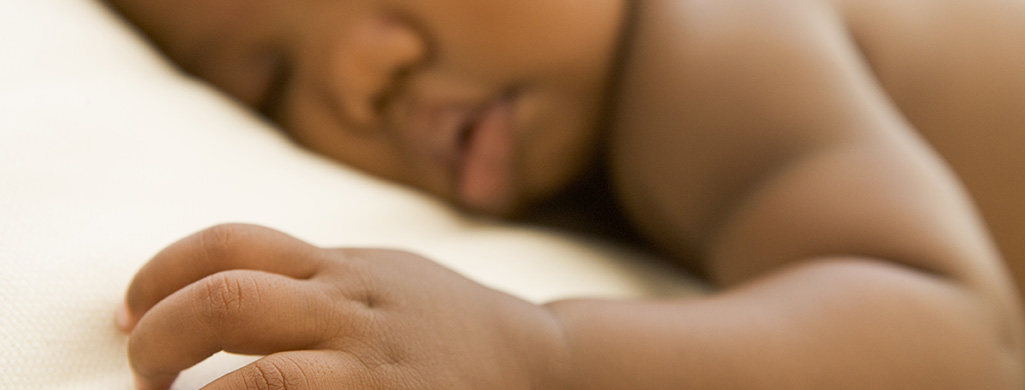When your baby reaches the half-year mark, you may start to see a consistent sleep schedule emerging. You can expect your child to have three naps a day, and the time between each rest will grow. But what if the 6-month-old sleep schedule your baby is adopting isn’t the sleep routine that works for you? Or maybe our child hasn’t reached the stage where a pattern is beginning to appear?
What’s a Good Sleep Schedule for a 6-Month-Old Baby?
At this age, your baby needs roughly 14 hours of sleep every 24 hours, with 10 to 12 hours at night and the remaining two to four hours a day split between naps.
The average nap schedule sees your child take their most extended rest in the morning, a slightly shorter nap in the middle of the day, and their shortest nap in the afternoon.
The exact timings of your child’s awakenings, naps, and bedtime don’t really matter. It would be best if you chose what works best for your family and your routine. However, you should aim for the long-nap, mid-nap, and short-nap schedules, as this will work with your baby’s natural sleep rhythms.
For example, if your family has an early start kind of routine, a good sleep schedule for a 6-month-old baby might look like this:
| 6:30 am | Wake for the morning |
| 9:30 am | First nap time |
| 10:00 am | Wake from first nap |
| 2:30 pm | Second naptime |
| 4:00 pm | Wake from second nap |
| 7:00 pm | Begin bedtime routine |
| 7:30 pm | Bedtime |
| 8:00 am | Wake for the morning |
| 11:00 am | First nap time |
| 1:00 pm | Wake from the first nap |
| 4:00 pm | Second naptime |
| 5:30 pm | Wake from the second nap |
| 8:30 pm | Begin bedtime routine |
| 9:00 pm | Bedtime |
Can a 6-Month-Old Baby Sleep Through the Night?
Our sleep-wake cycles are controlled by something called our circadian rhythm. This natural process regulates the cycle of sleeping and waking. Before your baby can sleep through the night, they must have a stomach that can hold enough milk to satisfy them and a mature circadian rhythm to let them sleep until morning.
This is possible but not guaranteed.
So, yes, a six-month-old baby can sleep through the night, but only if their circadian rhythm has matured, they have a large enough stomach capacity for a night’s worth of milk, and you are not expecting 12 hours of solid sleep!
Should a 6-Month-Old Baby Have One Two Naps, or Three?
Nap times are a puzzle at this age. Two naps are not enough for most babies, but a third nap can interfere with bedtime. However, most six-month-old babies still need three naps a day.
Wake Windows
To understand napping, we need to understand “wake windows.” A wake window is the time your baby needs to be awake before they are ready for another period of sleep.
Most six-month-old babies need between two and three hours of awake time between naps or between their final slumber and nighttime sleep. Any less, your child will be unable to fall asleep, and you will have a miserable time trying to settle them down.
On the other hand, if sleep isn’t tricky enough, if there is too much time between naps, your baby will become overtired, disrupting their sleep.
How to Keep Three Naps
When it comes to maintaining three naps, the biggest issue is the third sleep of the day. Some families find their baby resists going down for their third nap but then becomes fussy and difficult to settle down at bedtime.
The best solution for this issue is to make the third nap and bedtime a little later. This allows your baby to get the recharging zzz’s they need and lessens the chance of a bedtime struggle.
When to Transition to Two Naps
Most babies will transition to a two-nap schedule between seven and nine months old. You can tell when your baby is ready to make a move when they show no signs of tiredness or resist going down for their third nap.
“Try to be led by your baby’s cues rather than their age. If you try to make a move before they are ready, you’ll have an overtired, cranky baby on your hands who begins to experience disturbances to overnight sleeping.”
Should I Try Sleep Training With My Six-Month-Old Baby?
Sleep training has a bad rap, partly because the phrase “training” evokes images of animal training. However, if you think of it as teaching your child how to sleep rather than training, it feels less clinical and more nurturing.
Stick with this process, and your baby will drop that third nap naturally by the end of the week.
Can You Teach A Six-Month-Old Baby to Sleep?
Yes, you can help your six-month-old baby learn to fall asleep without help and stay asleep during the night.
Negative Sleep Associations

Negative sleep associations are the biggest hurdle to a restful bedtime and your little one getting a whole night’s sleep. These are not negative experiences for your child; instead, they are what your child relies on to help them sleep. This could be rocking and cuddling, lullabies, falling asleep in your arms, feeding themselves to sleep, or any other activity they need another person for.
What is Sleep Training?
Sleep training is simply teaching your child to fall and stay asleep without needing you or anyone else to help them.
The “Cry-it-out” and the Ferber techniques are the most common sleep training methods.
How Does the Ferber Sleep Training Method Work?
The Ferber method was developed to teach babies how to self-soothe themselves off to the land of nod, and it works like this:
- Follow a quiet wind-down routine before bed.
- Lay your awake but tired baby down in their crib and leave the room.
- If your baby cries, wait three minutes before returning to the room.
- Don’t turn on the lights or lift your child out of the crib. Instead, talk to them in a low soothing voice, explain that it’s time to sleep, and rub their back a little.
- Soothe for one or two minutes and then leave again.
- If your child doesn’t settle, wait five minutes before repeating steps 4 and 5.
- If your child still doesn’t settle, wait 12 minutes, then 15, and so on, until they fall asleep.
How Does Cry it Out Sleep Training Work?
Much as the name suggests, this method involves laying your baby down in their crib while drowsy but awake. You then leave them to fall asleep, and if they cry, you do not respond; you leave them to cry until they dose off without you.
While it feels counter-intuitive to leave your little one alone crying in their crib, professionals say you will have a more challenging time with this method than your baby. Most people find this method works within a week or so, but be prepared for a tough week.
If possible, arrange to try the cry-it-out method when nighttime crying has the most negligible impact on other family members. For example, skip the period before important work meetings, during exams, or when others are sick.
Also, avoid times of change such as moving home, a new daycare, etc.
To maximize the chances of a short, successful process:
- Don’t try to start sleep training if your baby shows any signs of sickness or is in the middle of cutting a tooth. Your baby requires extra attention at these times, and crying it out will be especially difficult for you both.
- Always lay your baby down to sleep in the crib – even for naps. This makes it easier for your child to associate sleep and their crib.
- Stick with the cry-it-out at naptimes. Your behavior must be consistent for your baby to learn as quickly as possible.
- Ensure your baby isn’t sleeping too much during the day. This will make them less tired in the evening and more resistant to sleep. However, don’t drop the last nap of the day. Many parents try this to make their baby tired enough to fall asleep more quickly. Instead, you will end up with an overtired, fussy baby who finds it especially difficult to settle.
- Establish a wind-down bedtime outline that includes quiet play, then tidying away the toys. Follow this with a lowkey bathtime, preferably in a room with subdued lighting, followed by the last feed, then a calming bedtime story or lullabies. Then lay your baby down when they show signs of tiredness. Signs they are tired include
- Yawning
- Rubbing their eyes
- Pulling at their ears
- Being generally fussy and unsettled
- Start your bedtime routine at the same time every night.
- Be prepared for your child to cry for up to 45 minutes or even an hour. Also, be prepared to feel like an awful person, but try to remember you are not. Your baby must learn to fall asleep alone for the entire family’s well-being.
- If you are worried about them, put a baby monitor in the room to ensure they are safe. However, avoid sitting watching the monitor; you will find it harder to stick with the method if you’re watching your child cry and listening to them.
Most families find that the first three nights of cry-it-out are the worst. The following three to five nights are much better, and your child may be settling down to sleep without you as a soother by the seventh or eighth night.
When to Stop Crying-it-Out
If your baby starts teething or develops an illness in the first few days, stop and wait until they feel better.
- Sleep Schedule for a 2-Month-Old Baby - December 24, 2022
- Sleep Schedules for Your 18-month-old Toddler - December 23, 2022
- Sleep Schedule for a 6-Month-Old Baby - December 11, 2022

